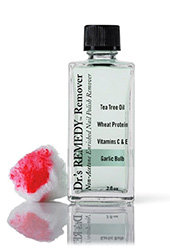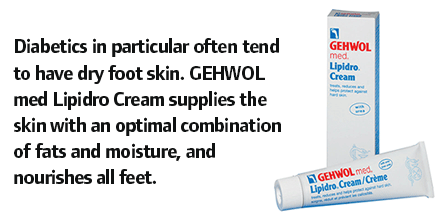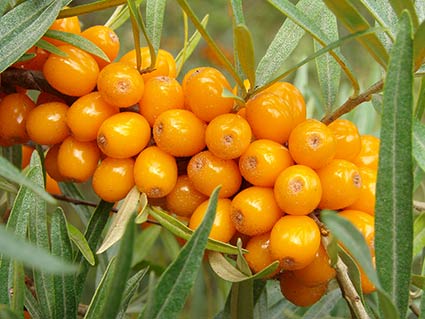Is nail polish toxic? Does the toxic fumes in nail polish raise you concerns?
If you have heard of the terms ‘toxic trio’, ‘3-free’ and ‘4-free’, even ‘5’ and ‘7-free’ you may be aware about the health concerns associated with the ingredients in nail polish and the potential health risks.
The ‘toxic trio’ commonly present in Nail polishes (also called lacquers or enamels), base coats, top coats, nail hardeners, and nail treatments are:
1. Dibutyl phthalate an additive that has been banned in polishes in Europe because of its link to birth defects. Its a developmental and reproductive toxin that causes a number of birth defects in lab animals, primarily in male offspring.
What it does: a plasticizer that increases the flexibility and shine of the polish.
2. Toluene is a chemical that has been removed from drinking water because of research linking it to liver and kidney failure. Affects the central nervous system and can cause headaches, dizziness and fatigue. It is also a possible reproductive and developmental toxin. A pregnant woman’s exposure to toluene vapours during pregnancy may impair fetal development.
What it does: Toluene is used to help products flow smoothly. It helps give polishes a flat and even finish and keeps the colour from separating in the bottle.
3. Formaldehyde is used to preserve dead bodies and is also linked to cancer. Damages lung tissue and can cause asthma. Can irritate the eyes, nose, throat and lead to skin irritation such as dermatitis.
A potent preservative considered a known human carcinogen by the International Agency on Research on Cancer.
What it does: In nail products, formaldehyde acts as a hardener and a preservative.
Dr.’s remedy is a healthy alternative to traditional nail products which consists of a base coat, top coat, hydration treatment and cuticle oil.
Dr.’s remedy highly nourishing formula can be used in conjunction with topical fungus medications or nail fungus products and will not make the condition worse,
unlike most nail polish products.
Dr.’s Remedy is a 3, 4 and ‘7-Free’ nail care system which doesn’t contain the ‘toxic trio’ plus two other toxins:
4. Camphor is a potential irritant. Used in muscle rubs for its mint tingling sensation on the skin, there really is no reason to add this to nail polish.
Camphor is both synthetically and naturally produced.
What does it do: Plasticizer – Materials that soften synthetic polymers by reducing brittleness and cracking.
5. Formaldehyde resin – has links to causing dermatitis.
What does it do: All nail polish, nail treatments, or nail hardeners contain a film-former to make the product hard and shiny when it dries.
To make the film tough and resilient a secondary film-former such as formaldehyde resin is usually used. Dr.’s remedy remover is a acetone-free product.
6. Another chemical not present in Dr.’s remedy nail care products is Xylene. Reports indicate that inhaling this vapor can depress the central nervous system.
7. No Animal Testing
8. No TPHP
9. No DBP
10. No Parabens
Acetone is a very powerful solvent and it works the best at removing polish. But it’s also very harsh because it removes a lot of natural oils from your skin. Harsh and very drying to nails, cuticles and skin. Women with nails that are dry or splitting should avoid using.
Dr.’s Remedy is enriched with wheat protein and vitamins C and E, which strengthen weak nails and prevent discolouration and cracking, and garlic bulb extract and tea tree oil, which prevent fungal growth.













